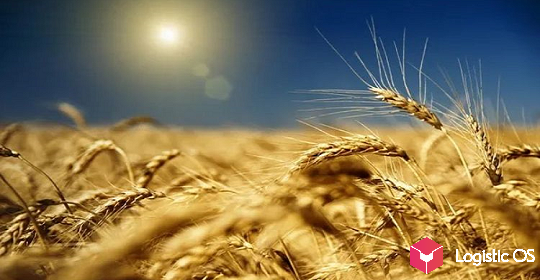But this is less than the expected consumption volumes.
The Food and Agriculture Organization of the United Nations (FAO) analyzed the dynamics and reasons for price movements for various product groups.
Dairy products:
Compared to August, the FAO price index rose 1.5%.
The reason is strong import demand and seasonal factors in Europe and Oceania.
The highest growth among dairy products was shown by butter.
Palm oil:
The cost reached a 10-year high.
The reason is the steady demand and fears of a shortage of migrants in Malaysia.
Meat:
The price index practically did not change in September compared to August, and increased by 26.3% on an annualized basis.
Due to tougher supply conditions, prices for lamb and beef are growing, while prices for poultry and pork are decreasing — this is affected by a significant volume of supply in China and Europe.
Vegetable oils:
World prices for rapeseed oil are growing, while prices for soybean and sunflower oil are declining.
Corn:
In September, compared to August, the price increased by 0.3%, on an annualized basis — by 38%.
Experts pay the closest attention to wheat, as they monitor the dynamics of changes in demand against the backdrop of rapidly growing prices.
Wheat:
Due to declining export opportunities and strong demand, prices rose 41% year-on-year.
Compared to August 2021, the cost increased by 4%.
Consumption of cereals in the world is forecasted at the level of 2.811 million tons, which is 1.8% more than in the 2020/21 season.
In the season 2021/22. the ratio of world cereal stocks to consumption will be 28.4%, while trade volume will decline by 0.3% due to lower trade in barley and corn.

